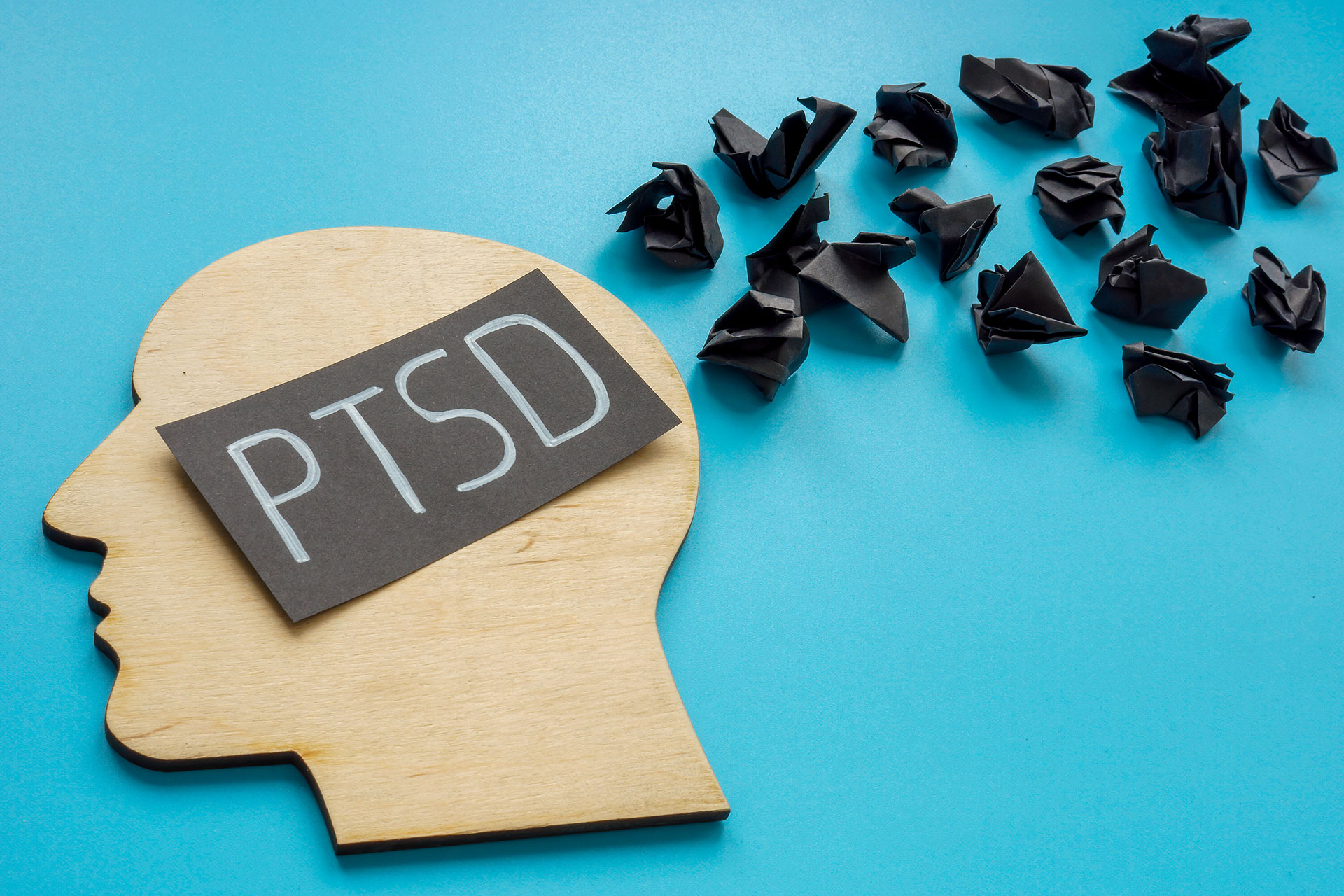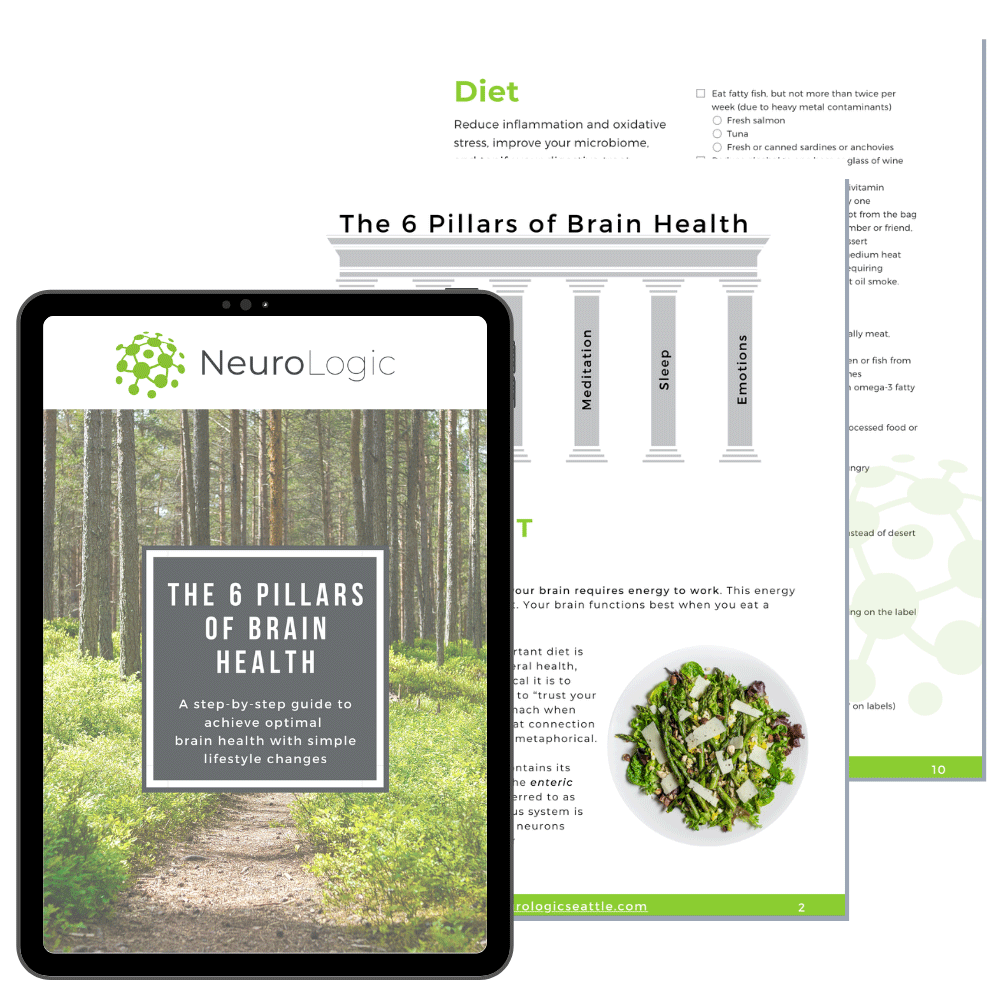PTSD Treatment in Seattle, WA
Holistic treatment for whole-brain wellness
Trauma Treatment in Seattle, WA
My approach is unique and has been proven successful for many of whom have had no success with traditional medical treatments.
Trauma comes in many forms, but all are problematic for the nervous system. Big “T” traumatic events (such as physiologic traumas, the death of a loved one, abuse, combat, natural disasters, etc.) or little “t” traumatic events that are personally traumatic (such as the loss of a pet or a significant relationship) can push our nervous systems into survival mode.
Any type of trauma that pushes us into survival mode (our fight, flight, or freeze response) can ingrain this danger-mode as our baseline way of functioning. The trauma response is simply a learned pattern of connections that has been reinforced and strengthened because the body did not feel safe.
The good news is that we can unlearn this danger-mode and practice and strengthen our safety-mode with neurofeedback.
Meet Dr. Wendling
I help people train their brains to self-regulate in ways that are meant to support health and happiness. My mission is to help my patients adapt to the stressors of our modern society and heal from trauma.
I create programs that are specific to each individual person by combining the latest research in neurology and psychology with your health history, lab data, and symptoms that you are experiencing.
The outcome of treatment is strength and resilience to handle life’s stressors as well as being happier and healthier.
Award-Winning
Evidence-Based
Natural Medicine
Individuals who have experienced or witnessed a traumatic event such as a serious accident, natural disaster, war/combat, death, violence, or serious injury can develop trauma and/or PTSD. Every year, approximately 3.5 percent of U.S. adults are affected by PTSD. One in eleven people will be diagnosed in their lifetime and women are twice as likely as men to experience it.
Trauma treatment Seattle, WA can be useful for people all ages, ethnicities, nationalities, and cultures. Generally, people that experience trauma-like symptoms have disturbing, intense physical reactions and feelings related to their experience. These symptoms can last long after the traumatic event has passed. Reliving the event through flashbacks or nightmares is quite common. Sadness, anger, or fear are often felt as well as the feeling of being detached from other people around them. Strong, negative reactions to loud noises or even human touch can occasionally occur.

What is a Trauma Reaction?
Trauma responses are simply learned patterns of connections in your brain that has been reinforced and strengthened, because they helped you to survive at one point.
Your brain is always forming connections. Like tiny information highways, these connections are how your brain cells, or neurons, communicate with each other. Connections are formed by learning a new skill or new information – and connections are reinforced and strengthened every time that new skill is practiced.
When your body experiences any kind of physical or emotional stressor – like trauma, mental or emotional stress, illness, inflammation, sleep issues, etc. – the stress response is triggered in your brain.
Also known as the fight, flight, or freeze response, the stress response sets off a whole host of biochemical processes in your brain and body. These changes help you successfully deal with the stressor and get past the “danger.”
It’s important to remember that this is a completely automatic biological response that you have no control over. In fact, it’s a basic and necessary survival mechanism that all animals share, and it keeps us alive.
Normally, the stressor passes and those biochemical processes return to baseline. However, when stressors become very intense, as in trauma, or chronic, they don’t have a chance to return to baseline. Instead, as your body continues to respond to the stressor, your brain is “learning” and a maladaptive neural connection is created.
The more the cycle continues, the more that connection is strengthened. The result is a faster and more efficient fight, flight, or freeze response. So what started out as a highly effective and necessary survival mechanism gets “pruned” into an uncomfortable, even harmful, pattern that’s often labeled as an anxiety disorder or PTSD.
So trauma reactions, PTSD, or even anxiety, at the core, are learned patterns that have been created in your brain over time to help you survive.
Fortunately, this pattern can also be un-learned.
How We Help
Neurofeedback
Craniosacral Therapy
“I had an incredible experience with Jessica. I was really excited about neurofeedback therapy, but also a little nervous since it was so new to me. She made me feel safe, seen, and welcome – and did a great job educating me on the process. The treatment in itself has been truly life changing in a multitude of ways. I’m very grateful I made the decision to seek treatment from Jessica.”
Harness Your Brain’s Ability to Change
Reach out if you are seeking trauma treatment or PTSD treatment Seattle, WA
Increased Focus
Decrease Anxiety
Relieve Depression
Improve Connection
Heal Trauma
Relieve Pain
Improve Sleep
Achieve Peak Performance

